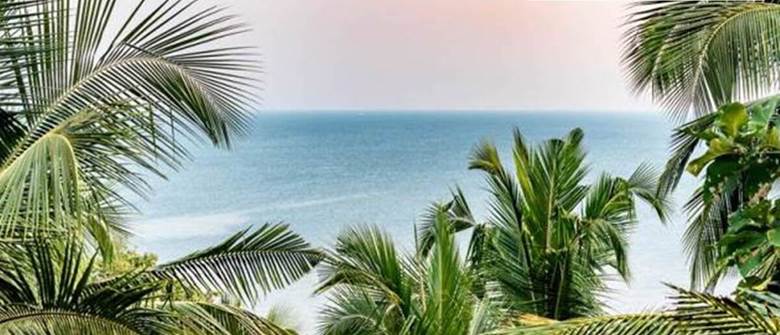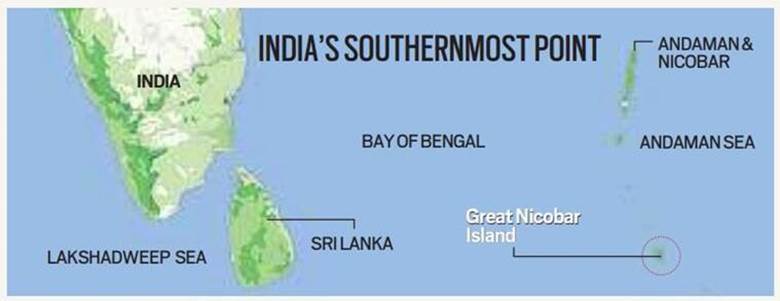Free Courses Sale ends Soon, Get It Now


Free Courses Sale ends Soon, Get It Now



Copyright infringement not intended
Context: Last month, the Ministry of Environment, Forest and Climate Change gave environmental clearance for the ambitious Rs 72,000 crore development project on the strategically important Great Nicobar Island. The project is to be implemented in three phases over the next 30 years.
Details:
The proposal

The Island:
The purpose:
The concerns:
© 2024 iasgyan. All right reserved